Get Out of a Jam: How GNSS Antennas Help Thwart Jamming Attacks
Global Navigation Satellite Systems (GNSS) are a fundamental part of thousands of consumer, government, and business applications ranging from aviation to navigation to time-stamping transactions. That makes GNSS an attractive target for hackers, rogue nation states, industrial espionage, and other attackers that want to disrupt or corrupt those applications with jamming and spoofing.
The good news is that antennas can play a key role in mitigating attacks that involve jamming GNSS signals. Here’s how.
There’s Strength in Numbers
GNSS jamming is common in warfare, but many of the attack vectors and defensive strategies are equally applicable both in peacetime and to civilian applications. For example, GNSS signals are relatively weak by the time they reach the Earth. Jamming exploits this weakness with signals that are more powerful than the legitimate ones.
There are two types of GNSS jamming:
- Out-of-band jamming uses a signal in adjacent spectrum that is strong enough to “slop” into the GNSS band. This causes interference with the GNSS signal, to the point that it’s unusable. Out-of-band jamming can be mitigated with active antennas that have embedded filtering, such as surface acoustic wave (SAW) or ceramic.
- In-band jamming uses interfering signals in the GNSS band and is more difficult to mitigate. One of the few options is Controlled Reception Pattern Antenna (CRPA) systems, which use multiple antenna elements to null out the interfering signals so the receiver can focus on the legitimate GNSS signals. The effectiveness of this spatial filtering depends partly on having enough antenna elements to counter each jamming signal. For instance, a CPRA system may have four, eight, or 16 antenna elements based on the anticipated scale of the attack.
CRPA highlights how there’s strength in numbers. Another example is using an antenna system that supports multiple GNSS bands and multiple GNSS constellations. In addition to GPS, four global systems are now deployed:
- China’s BeiDou (BDS or Compass), which started as a regional system but now provides full global coverage with 35 satellites.
- The European Space Agency’s GALILEO, which became fully deployed globally in 2018 with 24 satellites launched, plus six spares. GALILEO is the only fully civilian global advanced positioning system.
- Japan’s Quasi-Zenith Satellite System (QZSS), a regional system serving eastern Asia-Oceania. It became fully operational in 2018 with four satellites.
- India’s IRNSS, or NavIC, a regional system focused on India and surrounding areas. It became fully operational in 2018 with seven satellites.
Each constellation has multiple signals, each operating at a different frequency. Under normal conditions, this diversity enhances accuracy by mitigating ionospheric errors. Depending on the application requirements, these can provide alternatives when the primary GNSS signals are jammed. (For more information about the frequency and constellation options, see “How to Navigate the L1, L2, L5, E5a, E5b, and G2 Alphabet Soup of GNSS Constellations and Signals.”)
A multi-constellation defense requires either a multiband GNSS receiver or an external GNSS receiver that supports the fallback. When coupled with a CPRA, this enables the system to support all frequency bands simultaneously and perform independent beam nulling in each of those bands. For example, some sophisticated systems can independently null different bands, such as GPS L1 or GLONASS G1. As a result, the system now can fend off more jammers — including simultaneous attacks on both the primary and secondary GNSS.
Designing CRPAs is a complicated task. Taoglas has a wide range of embedded antenna elements that could be used to simplify this already complicated design task. Contact us for more information.
Courtesy of Taoglas

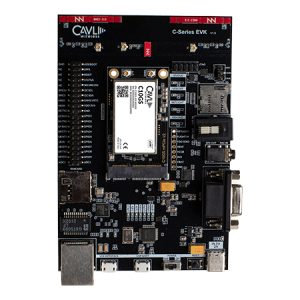 Cavli Wireless C10GS DDK evaluation kits
Cavli Wireless C10GS DDK evaluation kits  U-BLOX SARA-R410 LTE MODULE FOR MULTI-REGIONAL USE (NOT RECOMMENDED FOR NEW DESIGNS - SEE SARA-R422)
U-BLOX SARA-R410 LTE MODULE FOR MULTI-REGIONAL USE (NOT RECOMMENDED FOR NEW DESIGNS - SEE SARA-R422)  u-blox NEO-7N
u-blox NEO-7N 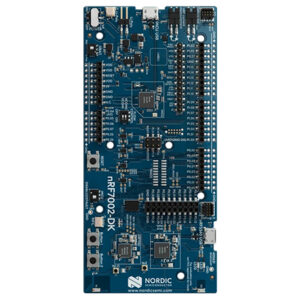 Nordic nRF7002 DK
Nordic nRF7002 DK 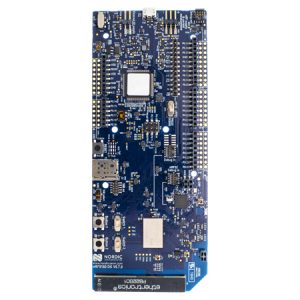 NORDIC nRF9160-DK DEVELOPMENT KIT
NORDIC nRF9160-DK DEVELOPMENT KIT  U-BLOX LENA-R8001M10
U-BLOX LENA-R8001M10 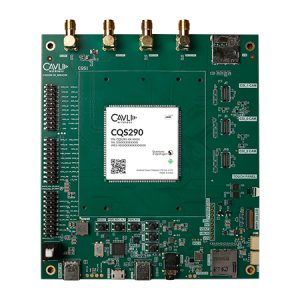 Cavli Wireless CQS290-EVK-01 evaluation kits
Cavli Wireless CQS290-EVK-01 evaluation kits 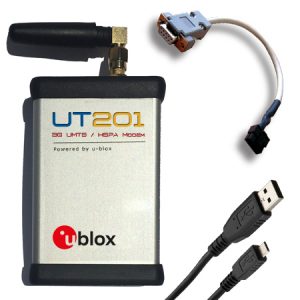 RF DESIGN SARA-U201 TERMINAL STARTER PACK (END OF LIFE (LIMITED STOCK - CONTACT YOUR CLOSEST SALES OFFICE))
RF DESIGN SARA-U201 TERMINAL STARTER PACK (END OF LIFE (LIMITED STOCK - CONTACT YOUR CLOSEST SALES OFFICE))  Nordic NRF9151-DK
Nordic NRF9151-DK  Nordic nPM1300 EK
Nordic nPM1300 EK  NORDIC nRF5340 DK
NORDIC nRF5340 DK  U-BLOX SARA-N310 MULTI-BAND NB-IoT MODULE
U-BLOX SARA-N310 MULTI-BAND NB-IoT MODULE  Nordic Power Profiler Kit II
Nordic Power Profiler Kit II  NORDIC nRF52840 DONGLE
NORDIC nRF52840 DONGLE  RF DESIGN SARA-U270 TERMINAL STARTER PACK (END OF LIFE (LIMITED STOCK - CONTACT YOUR CLOSEST SALES OFFICE))
RF DESIGN SARA-U270 TERMINAL STARTER PACK (END OF LIFE (LIMITED STOCK - CONTACT YOUR CLOSEST SALES OFFICE))  Nordic NPM1100-EK
Nordic NPM1100-EK  U-BLOX NINA-W132 EVALUATION KIT
U-BLOX NINA-W132 EVALUATION KIT  U-BLOX NINA-B112 EVALUATION KIT
U-BLOX NINA-B112 EVALUATION KIT  U-BLOX ANNA-B112 STAND-ALONE BLUETOOTH 5 LOW ENERGY MODULE
U-BLOX ANNA-B112 STAND-ALONE BLUETOOTH 5 LOW ENERGY MODULE  U-BLOX ZED-F9P HIGH PRECISION GNSS MODULE
U-BLOX ZED-F9P HIGH PRECISION GNSS MODULE  U-BLOX NINA-B302 EVALUATION KIT
U-BLOX NINA-B302 EVALUATION KIT  U-BLOX ANNA-B112 EVALUATION KIT
U-BLOX ANNA-B112 EVALUATION KIT  U-BLOX NINA-W132 STAND-ALONE WiFi MODULE
U-BLOX NINA-W132 STAND-ALONE WiFi MODULE  U-BLOX SAM-M8Q SMART ANTENNA MODULE WITH TCXO (NOT RECOMMENDED FOR NEW DESIGNS - SEE SAM-M10Q)
U-BLOX SAM-M8Q SMART ANTENNA MODULE WITH TCXO (NOT RECOMMENDED FOR NEW DESIGNS - SEE SAM-M10Q)  u-blox NEO-6Q
u-blox NEO-6Q  U-BLOX EVK-M8N GNSS WITH TCXO EVALUALTION KIT
U-BLOX EVK-M8N GNSS WITH TCXO EVALUALTION KIT  U-BLOX NINA-B112 STAND-ALONE BLUETOOTH 5 LOW ENERGY MODULE WITH NFC
U-BLOX NINA-B112 STAND-ALONE BLUETOOTH 5 LOW ENERGY MODULE WITH NFC  U-BLOX MAX-M8Q SMALL GNSS MODULE WITH TCXO
U-BLOX MAX-M8Q SMALL GNSS MODULE WITH TCXO 